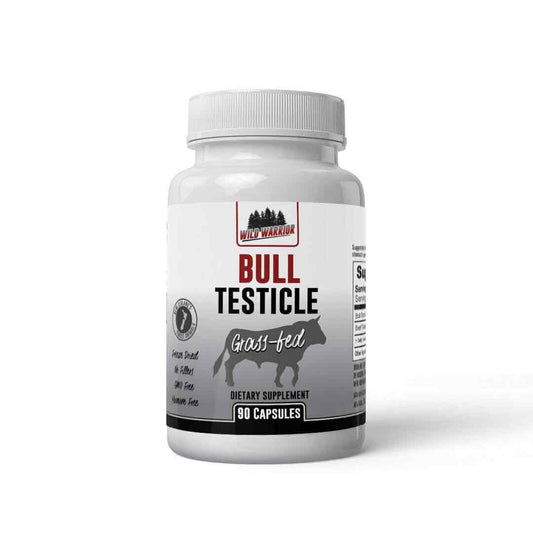For those unfamiliar with the term, endomorph is one of the three human body types, the others being ectomorph (covered here) and mesomorph. Endomorphs are characterized by a larger bone structure and higher amounts of total body mass and fat mass1. This body type tends to gain weight easily and finds it particularly hard to lose fat.
An example of someone with this body type would be the football lineman or strongman type athlete.
Challenges for Endomorphs
Endomorphs often struggle with their weight due to their slow metabolism, which can lead to quick fat storage2. Their bodies are designed to store energy, rather than burn it, which may make them more sensitive to carbohydrates and sugar consumption. Consequently, achieving weight loss and muscle gain goals can be quite challenging unless the right workout, diet, and fasting strategies are used.
The Science Behind Endomorphic Tendencies
The primary reason why endomorphs struggle to lose weight is their slower metabolic rate. Metabolism is the process through which your body transforms what you eat and drink into energy3. In endomorphs, this process is slower, meaning their basal metabolic rate (calorie burn rate) while resting is slower compared to other body types4.
Adjusting diet and exercise routines according to body type is essential. For endomorphs, this means focusing on nutrition and workouts that can boost metabolism, calorie burn, and fat loss.
Nutrition Tips for Endomorphs
Endomorphs should focus on consuming a diet high in lean proteins, fruits, vegetables, and limit their intake of whole grains, high calorie fats, and simple carbohydrates5.
-
Proteins: They help build muscle, and higher muscle mass can improve metabolic rate6. Lean meats like steak, chicken, turkey, and fish are excellent choices. Low calorie protein shakes are also a great option.
-
Fruits and vegetables: These are high in fiber, helping to increase satiety and prevent overeating7.
-
Whole grains: Foods like brown rice, quinoa, and oatmeal are slow-digesting carbohydrates that provide long-lasting energy. Carbs are an essential macronutrient. Unlike their ectomorph counterpart, carb consumption should be monitored.
Remember, maintaining a calorie deficit (consuming fewer calories than you burn) is key to losing weight8. Because endomorphs tend to lean toward calorie retention, intermittent fasting and prolonged fasting may also be a useful tool for getting into a deep caloric deficit.
Workout Tips for Endomorphs
Cardiovascular exercises and resistance training are effective training methods for endomorphs9.
-
Cardiovascular exercises: High-intensity interval training (HIIT) is particularly beneficial as it can help burn calories and fat, while boosting post workout metabolism10.
-
Resistance Training: Lifting weights can help build muscle mass, which in turn boosts metabolism11. A pound of muscle will burn up to 10 calories daily. And since fat only burns 2 to 3 calories daily per pound, replacing a pound of fat with muscle helps you burn an additional four to six more calories each day. Multiply this over a couple hundred pounds and you can see the metabolic impact can be huge.
Endomorphs should aim to work out 3-5 times a week, incorporating both cardio and resistance training12.
While endomorphs may face challenges in losing weight and building muscle, it's not impossible. With the right diet, workout routine, and determination, endomorphs can achieve their fitness goals just as easily as a people with other body types.





